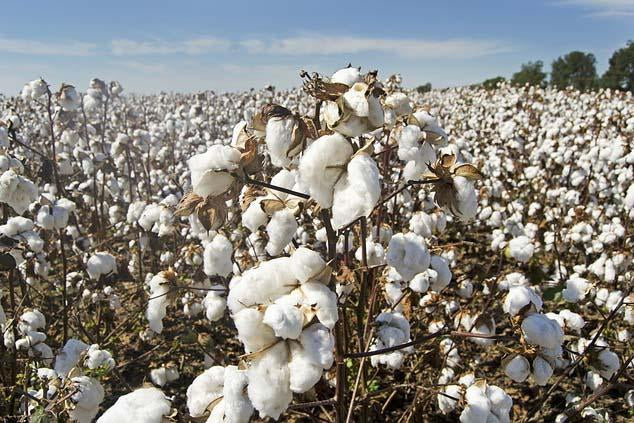Did you know? Cotton production engages 100 million rural households in developing countries.

Cotton is one of the most popular fabrics globally and undoubtedly the one with a long history. Despite its versatility, durability and popularity, cotton takes a lot of labour to satisfy the current demand for cotton. Because of that, the production is often outsourced to developing countries, where labour is much cheaper.
Currently, 100 million rural households in developing countries are directly engaged in cotton production. As these people are essentially powerless in the grand scheme of fashion production, they're left to be affected by any price fluctuations, rising costs of production, or the effects of climate change.
The working conditions in cotton farms
Conventional cotton farms are not safe and environmentally friendly places to work, with serious threats to the health of the farmers.
Firstly, working at a cotton farm is very intensive physical labour, often performed in extreme heat- conditions that are only set to worsen as climate change progresses. With very little protection from the sun and heat, workers are at high risk of heatstroke and other health complications.
A few of the most significant threats on cotton farms are the toxic fertilisers, pesticides and herbicides used to spray crops. Although much more natural, non-toxic alternatives could be used, the pressures to decrease costs drive farmers to use aggressive chemicals to increase the yield at a low price. Farmers, who are offered virtually no protective equipment from these chemicals, put their health and the health of their families at risk.
Cotton farms don't always employ just consensual adults. According to the US department of labour, cotton is frequently produced using forced labour. Just nine countries, which produce 65% of the worlds cotton, are known for forced labour: Benin, Burkina Faso, China, India, Kazakhstan, Pakistan, Tajikistan, Uzbekistan, and Turkmenistan.
While some countries are tackling child labour, this doesn't necessarily mean the production is becoming ethical. For example, in Uzbekistan, the government forcibly mobilises over one million citizens every year, including teachers and doctors, to leave their regular jobs for a few weeks and go to the fields to pick cotton.
How can organic clothing help?
The big question is, how do we tackle the dangerous working conditions of cotton farms, making the world safer for the 100 million rural households engaged in producing cotton?
Switching to organic clothing and Fairtrade strategies is the way to go. Cotton can be a very sustainable crop, both socially and environmentally, when produced responsibly. Once the toxic chemical use is forgone in favour of natural fertilisers, pesticides, and herbicides, cotton farmers' health is no more endangered. Once the eco-friendly changes are undertaken, cotton production can be better for the planet – and its people.






Leave a comment